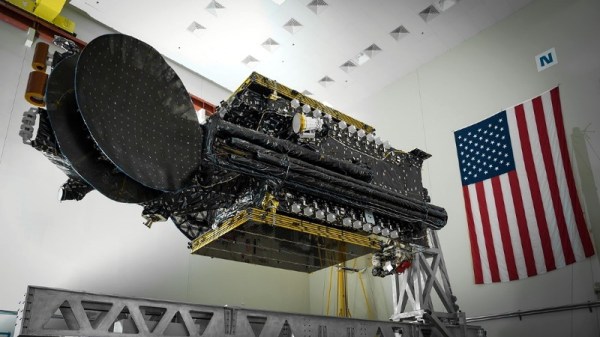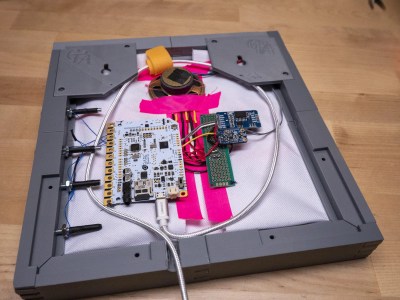Ah, the charm of candlelight! Nothing says “romance” — or “extended power outage” — like the warm, soft glow of a real candle. But if you’re not a fan of burning wax for whatever reason, this electric plasma candle may be just the thing to build for your next dinner for two.
This re-imagining of the humble candle comes to us by way of plasma super-fan [Jay Bowles], who has a lot of experience with plasmas and the high-voltage circuits that often go along with them. Even so, he had to enlist help with the circuit, with is essentially a 10-MHz Class-E oscillator, from [Leon] at the Teslaundmehr channel on YouTube. The most prominent feature of the build is the big resonator coil, surrounded by the shorter primary coil and sitting atop the heatsink for the MOSFET driver. [Jay]’s usual acrylic-rich style is well represented here, and the resulting build is quite lovely.
The tuning process, though, sounds like it was pure torture. It took a lot of tweaking — and a lot of MOSFETs — to get the candle to produce a stable flame. But once it did, the results were striking. The plasma coming off the breakout point on the resonator coil is pretty much the same size, shape, and — occasionally — the color as a candle flame. It’s also hot enough to do some damage, so do be careful if you build this. We’ve included both [Jay]’s and [Leon]’s videos below; [Leon]’s has great step-by-step build instructions.
We’ve been following [Jay]’s journey through the plasmaverse for a while now, from his cheap and simple Tesla coils to using corona discharge to clean his hands. He even hosted a Hack Chat on the subject last year.
Note: [Jay] reached out to us after publication about mitigating RF noise. He does his experiments inside a steel-reinforced concrete building with grounded metal screens over the windows. An RF-wizard friend has checked across the spectrum and detected no leaks to the outside. Sounds like the business to us.
Continue reading “Electric Candle Replaces Flame With Plasma”

















